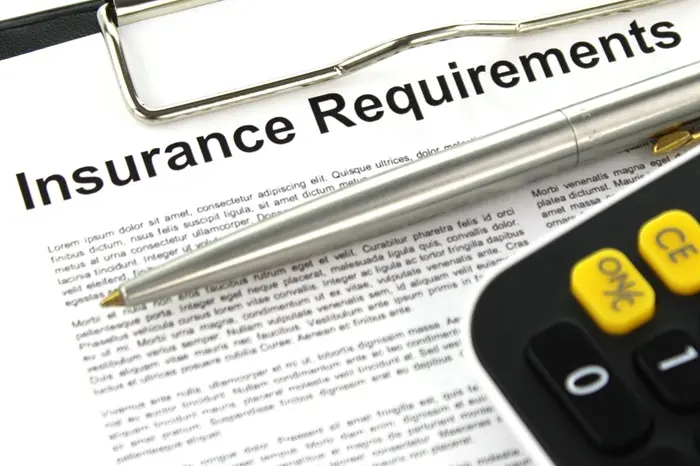In the world of forex trading, understanding the concept of “pips” is essential for successful trading and effective risk management. This article will provide a comprehensive overview of what pips are, their significance in forex trading, how they are calculated, and their impact on trading strategies. Whether you’re a novice trader or an experienced investor, grasping the concept of pips is crucial for making informed trading decisions.
Understanding Pips in Forex
A pip, which stands for “percentage in point” or “price interest point,” is a unit of measurement used to express changes in the value of currency pairs. In forex trading, a pip represents the smallest price move that a given exchange rate can make based on market convention.
What Is a Pip?
Definition: A pip is the smallest increment of change in the exchange rate of a currency pair. It is used to measure the movement of currency pairs and the potential profit or loss in a trade.
Standard Measurement: Most currency pairs are quoted to four decimal places, and a pip typically represents a movement in the fourth decimal place. For example, if the EUR/USD pair moves from 1.1150 to 1.1151, it has moved by one pip.
Why Are Pips Important?
Measurement of Price Movements: Pips provide a standardized way to measure and communicate price movements in the forex market. They help traders assess the volatility and potential profitability of trades.
Risk Management: Understanding pips helps traders manage risk by determining stop-loss and take-profit levels based on the number of pips they are willing to risk or target in a trade.
Profit and Loss Calculation: Pips are used to calculate the profit or loss of a trade. Knowing how many pips a currency pair has moved helps traders evaluate the financial impact of their trades.
See Also: Where to Exchange USD to GBP?
How Pips Are Calculated
Calculating pips involves understanding the decimal places in currency pair quotes and how they translate into value changes. This section covers the basic calculation methods for pips.
1. Standard Pip Calculation
For most currency pairs, a pip is equal to 0.0001. To calculate the value of a pip:
Standard Pip Value Calculation
Formula: Pip Value = (One Pip / Exchange Rate) * Trade Size
Example: If the EUR/USD pair is trading at 1.1150 and the trade size is 10,000 units (micro lot), the pip value can be calculated as follows:
- Pip Value = (0.0001 / 1.1150) * 10,000
- Pip Value ≈ 0.896 USD per pip
Calculating Pip Value for Different Trade Sizes
Micro Lot (1,000 units): Pip value is approximately 0.10 USD per pip.
Mini Lot (10,000 units): Pip value is approximately 1.00 USD per pip.
Standard Lot (100,000 units): Pip value is approximately 10.00 USD per pip.
2. Pip Calculation for Currency Pairs Quoted to Two Decimal Places
Some currency pairs, like those involving the Japanese yen (JPY), are quoted to two decimal places. For these pairs, a pip is equal to 0.01.
Example Calculation
Currency Pair: USD/JPY
Quote: 110.50
Trade Size: 10,000 units
Pip Value Calculation:
-
- Pip Value = (0.01 / 110.50) * 10,000
- Pip Value ≈ 0.90 USD per pip
3. Calculating Pips in Cross Currency Pairs
For cross currency pairs (e.g., EUR/GBP), where the quote currency is not USD, the pip value is determined based on the exchange rate of the cross currency pair.
Example Calculation
Currency Pair: EUR/GBP
Quote: 0.8500
Trade Size: 10,000 units
Pip Value Calculation:
-
- Pip Value = (0.0001 / 0.8500) * 10,000
- Pip Value ≈ 1.18 GBP per pip
Impact of Pips on Trading Strategies
Understanding how pips affect trading strategies is essential for managing risk and maximizing potential profits. This section explores how pips influence various aspects of forex trading.
1. Setting Stop-Loss and Take-Profit Levels
Stop-Loss Orders: A stop-loss order is used to limit potential losses by closing a trade when the price reaches a specified level. Setting stop-loss levels in pips helps traders manage their risk exposure.
Take-Profit Orders: A take-profit order is used to lock in profits when the price reaches a predetermined level. Setting take-profit levels in pips ensures that traders capture profits based on their trading strategy.
2. Calculating Risk and Reward
Risk-Reward Ratio: Traders use pips to calculate the risk-reward ratio of a trade. By comparing the number of pips risked (stop-loss level) to the number of pips targeted (take-profit level), traders can assess the potential profitability of a trade.
Example: If a trader risks 50 pips to gain 150 pips, the risk-reward ratio is 1:3. This means the potential reward is three times the risk.
3. Position Sizing
Determining Position Size: Traders use pip values to determine the appropriate position size for a trade based on their risk tolerance and account size. Position sizing helps manage risk and ensure that losses do not exceed acceptable levels.
Example: If a trader is willing to risk 2% of their account on a trade and the pip value is 10 USD, the position size can be calculated to ensure that the maximum loss does not exceed 2% of the account balance.
Practical Tips for Trading with Pips
Effective trading involves more than just understanding pips. Here are some practical tips to help traders use pips effectively in their trading strategies.
1. Use a Pip Calculator
Tool: A pip calculator is a handy tool for quickly calculating pip values and potential profits or losses. Many online calculators are available for free and can simplify the process.
Advantage: Using a pip calculator helps traders make quick and accurate calculations, especially when trading multiple currency pairs.
2. Monitor Exchange Rate Movements
Tracking: Stay informed about exchange rate movements and market trends to make informed trading decisions. Understanding how pips translate into financial outcomes helps in assessing market conditions.
Resource: Utilize forex news, charts, and analysis tools to track price movements and identify potential trading opportunities.
3. Practice with a Demo Account
Demo Trading: Practice trading with a demo account to gain experience in managing pips, setting stop-loss and take-profit levels, and calculating risk and reward.
Benefit: A demo account allows traders to familiarize themselves with the mechanics of trading without risking real money.
4. Develop a Trading Plan
Plan: Create a comprehensive trading plan that includes strategies for managing pips, setting risk parameters, and defining trading goals.
Consistency: A well-defined trading plan helps maintain consistency and discipline in trading, leading to more successful outcomes.
Conclusion
Pips are a fundamental concept in forex trading, providing a standardized way to measure price movements and calculate potential profits or losses. Understanding how pips work, how to calculate their value, and their impact on trading strategies is essential for successful forex trading.
Definition: A pip represents the smallest price movement in a currency pair, usually measured in the fourth decimal place for most pairs and the second decimal place for JPY pairs.
Calculation: Pip values vary based on currency pair quotes, trade size, and market conditions. Accurate calculation of pip values helps in managing risk and determining position sizes.
Impact: Pips influence various aspects of trading, including setting stop-loss and take-profit levels, calculating risk-reward ratios, and determining position sizes.
By mastering the concept of pips and applying it effectively in trading strategies, traders can enhance their ability to make informed decisions, manage risks, and achieve their trading goals.
[inline_related_posts title=”You Might Be Interested In” title_align=”left” style=”list” number=”3″ align=”none” ids=”3594,3485,3374″ by=”categories” orderby=”rand” order=”DESC” hide_thumb=”no” thumb_right=”no” views=”no” date=”yes” grid_columns=”2″ post_type=”” tax=””]





























